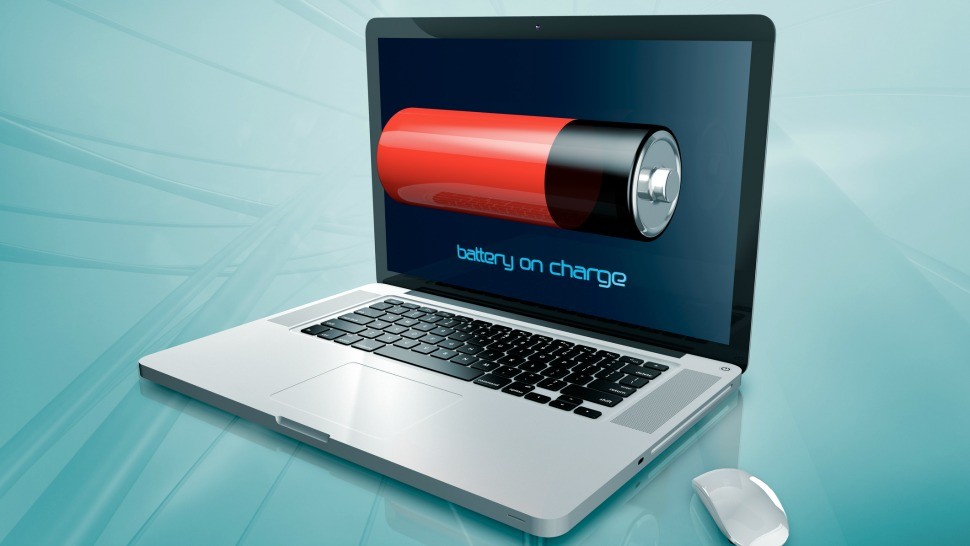Tips for better, longer notebook battery life
In pursuit of full day batteries, there are a few things you can do to drag out a few precious minutes on your laptop.
Quick gains
Turn your screen brightness down
The most obvious has the most impact. Running at around 40 per cent is still quite usable on most laptops, and will give you a lot more time. In Windows 7, you can also set how quickly the screen will dim or turn off when not in use by right clicking on the battery icon in the system tray and choosing Power Options.
Apple has long removed brightness preferences for battery mode and Apple A1369 Laptop Power Adapter mode, preferring to set things automatically, based on ambient light. The closest you’ll get to control is to stop it using automatic brightness settings by going to System Preferences > Display, and setting your own low setting or using the keyboard shortcuts.
Turn off radios
Bluetooth, Wi-Fi, WWAN — unless you’re using them. Many Windows laptops offer keyboard shortcuts to turn off radios, although, in some cases, you’ll have to head to Device Manager to disable them.
To turn off Wi-Fi on your Mac, click the AirPort (Wi-Fi) icon at the top right of your menu bar, and select Turn Wi-Fi off. You can do the same for Bluetooth.
Radios are less of a deal on laptops than smartphones, in terms of consumption, but every bit counts.
Got an optical drive? Remove any discs inside
Not having a disc inside will minimise any chance of spin up, reducing load on the system.
Turn off your backlit keyboard
If you’ve got one, you can often turn it completely off through keyboard shortcuts or, at least, dim the light level.
Unplug any USB devices
Many laptops allow you to adjust power saving features on USB ports, too — we’d suggest investigating your vendor’s own power management tool to see if the option exists.
Close any unused programs
Make sure to head to check your system tray/menu bar for background processes, as well. The less work the machine has to do, the less battery it will chew up.
Turn off sound
It won’t make a huge difference, but muting your laptop when sound’s not required, or at the very least lowering the volume when playing music, will scrape back a little more power.
Long-term plans
Spend time in your vendor’s power-management tool
Vendors like Toshiba, Lenovo and Fujitsu allow the user to engage in power saving activities, like turning off their optical drive and setting more advanced power plans.
Spend time in your OS power-management tool
For Windows users, right click on the battery icon in the system tray and choose Power Options. You should now be able to tweak your power plans to your heart’s desire by clicking Change plan settings, then Change advanced power settings.
The OS X crowd has less options, but you’ll find them in System Preferences > Energy Saver.
Get an SSD
If you haven’t already got one and you’re able to get into your laptop, replacing the hard drive with an SSD will not only reduce power consumption, but give you a big boost in speed.
You’ll have to check a few things before you take the plunge: firstly, what hard drive connection is available (if you’re running a mechanical hard drive currently, it’s most likely standard SATA), and also available height clearance within the laptop. A good rule of thumb is to ensure you’re getting a 7mm high SSD, rather than a 9mm.
Get a higher-capacity battery
Not everyone has this option — certainly, you won’t if you don’t have a removable Apple a1175 laptop battery, as is the case with all MacBooks and ultrabooks. Check with your vendor to see if a battery exists with a higher mAH or WHr rating than your existing one.
Check your battery health
Batteries can lose their ability to reach full charge pretty quickly, if treated harshly (check out some tips to maximise battery lifespan here) — even on laptops that come with more than a year’s warranty, companies generally only give one year on the battery.
To check on your battery health and see if it needs a replacement, you can grab Battery Information for Windows and check the wear level, or on OS X, try Coconut Battery.
Hibernate rather than sleep
Sleep suspends the system to RAM, requiring active power. Its main benefit is that it resumes very quickly.
Hibernate (known as “Deep sleep” on OS X), on the other hand, suspends to disk, which does take up disk space, but cuts power completely. Resume time is heavily reliant on the speed of your disk. For SSD owners, it could be a smart move. For those in possession of a mechanical drive, it could be enough to drive you mad, waiting.
By default, Windows 7 generally sends a laptop to sleep, unless it’s below a certain battery percentage, in which case it suspends to disk. OS X does a hybrid sleep, suspending to both RAM and disk.
To change this behaviour in Windows 7, you’ll want to change your power profile by right clicking on the battery icon in the system tray, choosing Power Options, then clicking Change plan settings next to the active plan. Click Change advanced power settings, head to the Sleep category and set Sleep After to Never in both circumstances, and Hibernate After to the interval you desire.
For OS X, you can either pay for an app that will do the job, or do some Terminal work for free.
Did you enjoy this post? Why not leave a comment below and continue the conversation, or subscribe to my feed and get articles like this delivered automatically to your feed reader.


Comments
No comments yet.
Sorry, the comment form is closed at this time.